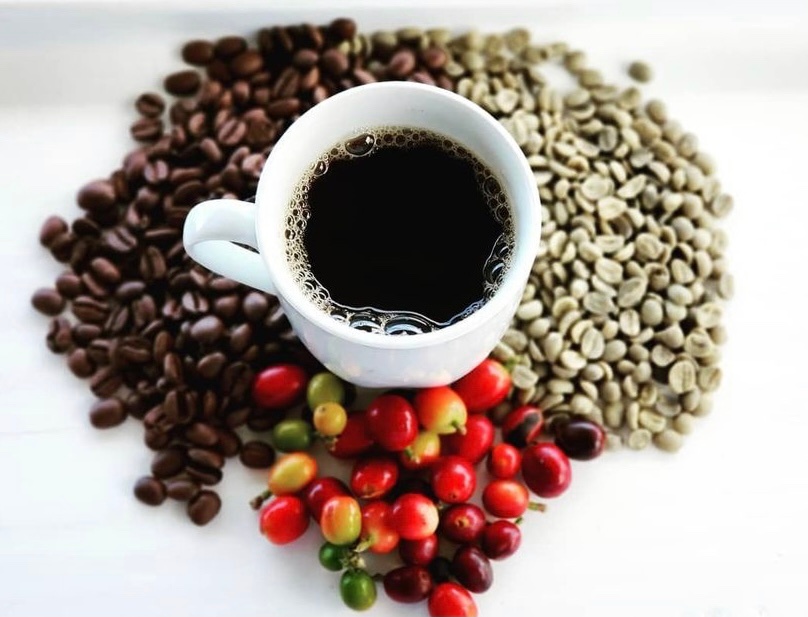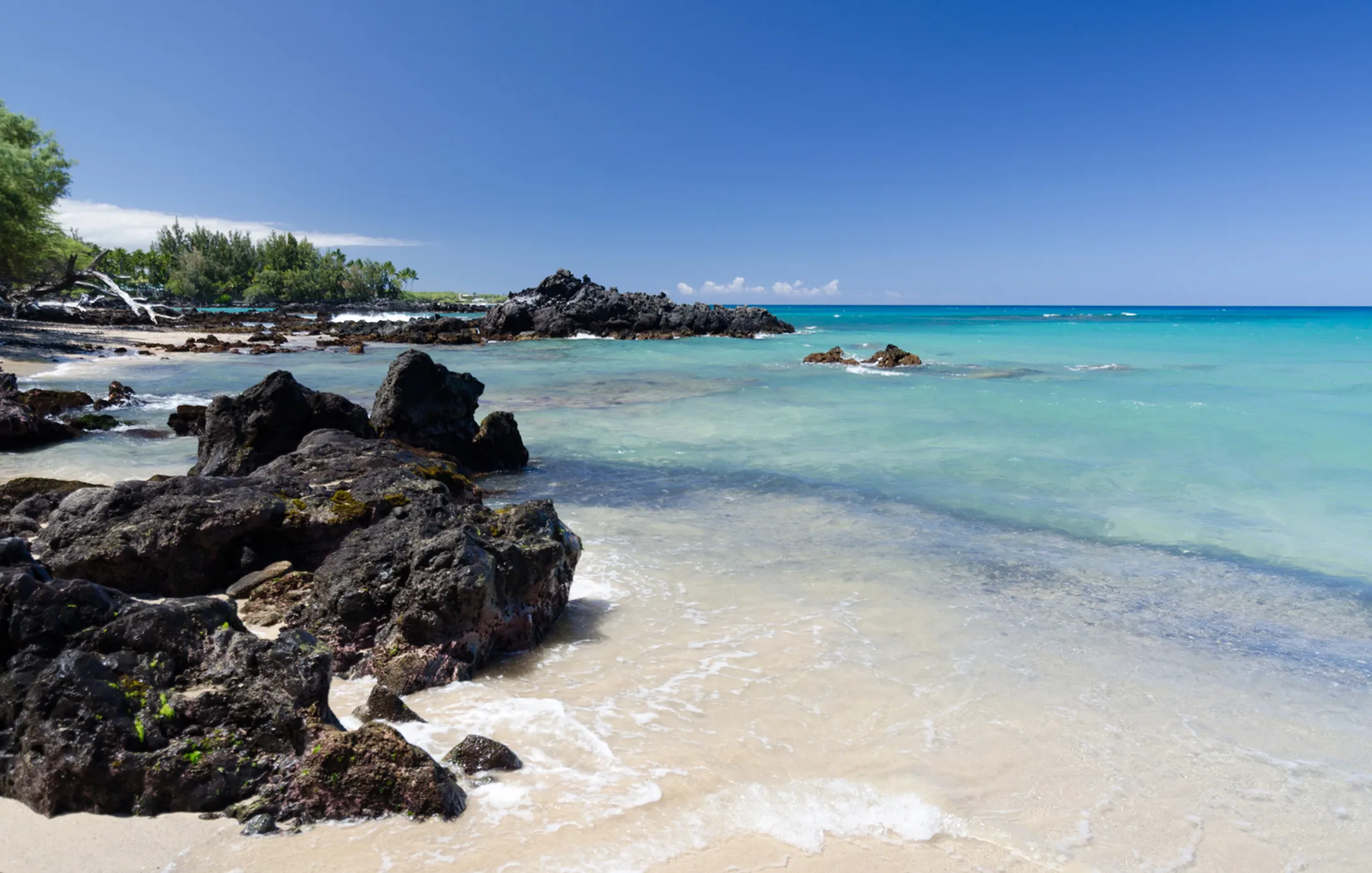
“Brew Your Best Cup”- Coffee Brewing Workshop
Heavenly Hawaiian Coffee Farm • Farm • Holualoa, Island of Hawaii • Hawaii

Understanding Waialea requires understanding its place in the larger cultural and environmental context of Hawai'i. This beach exists at the intersection of ancient Hawaiian culture, modern conservation efforts, and the ongoing challenges of balancing tourism with environmental protection.
The name Waialea itself carries cultural significance. In Hawaiian, "wai" means water and "alea" refers to a type of mudhen or gallinule, a waterbird that was common in Hawaiian wetlands. The name suggests that this area may have once supported freshwater springs or wetlands that attracted these birds, though the landscape has changed significantly since ancient times.
The Kohala Coast where Waialea is located has a rich history in Hawaiian culture. This area was once home to extensive Hawaiian settlements supported by sophisticated aquaculture systems. Fish ponds, some of which can still be seen along the coast, provided protein for large populations, while dryland farming in the interior valleys supported cultivation of sweet potato, taro, and other traditional crops.
The transformation of this coastline from a landscape of Hawaiian villages and fish ponds to resort development and conservation areas reflects the larger story of Hawai'i's colonial and post-statehood history. Understanding this history helps visitors appreciate both the natural beauty of places like Waialea and the ongoing efforts to protect and preserve what remains of Hawaii's natural and cultural heritage.
Today, Waialea stands as both a testament to successful conservation efforts and a reminder of our responsibility to protect these precious resources. The Marine Life Conservation District designation in 1985 was part of a larger movement to recognize that some places are too valuable to lose, too important to compromise, and too sacred to treat carelessly.
The Big Island has its own unique rhythm, a slow, powerful energy that comes from living on the youngest and most volcanically active island in the Hawaiian chain. But I know many visitors to Waialea are part of multi-island trips to Hawai'i, and if your journey takes you to O'ahu, I have a couple of recommendations that offer fantastic contrasts to the tranquil, contemplative experience of a day at Beach 69.
If you want to swap serene beach days for some high-octane fun and adrenaline-pumping activities, I always recommend Coral Crater Adventure Park when people ask me about O'ahu attractions. Located on the west side of O'ahu in the Ewa area, this adventure park is built in and around an extinct volcanic crater.
For a day of profound reflection and connection with the deep history that has shaped these islands and the modern world, nothing is more essential to the Hawaiian experience than visiting Pearl Harbor. This is not just a tourist attraction—it's a pilgrimage site, a place of national memory.
Waialea is a gift—not just to those of us who live in Hawai'i, but to everyone who has the privilege of experiencing its beauty and tranquility. It's one of those increasingly rare places in our modern world where you can still find a quiet corner, listen to the ancient rhythm of waves against lava rock, and see the ocean's incredible life up close and personal.
But Waialea is more than just a beach or even a recreational destination. It's a living, breathing ecosystem that supports an incredible diversity of marine life, a sanctuary for threatened and endangered species, and a reminder of what Hawaiian coastal environments looked like before development transformed so much of our coastline.
As you enjoy this special place, I ask that you do so with a spirit of mālama—a deep sense of care and stewardship that goes beyond simply following rules or regulations. Mālama is a concept that's central to Hawaiian culture and represents a relationship with the land and sea based on respect, responsibility, and reciprocity.
Pack out everything you pack in, and consider packing out litter left by less thoughtful visitors. Use the provided trash receptacles and recycling bins. Waialea's beauty depends on all visitors taking responsibility for keeping it clean.
Respect the wildlife from an appropriate distance—never attempt to touch, feed, or harass marine life or seabirds. Stay at least 10 feet from sea turtles in water and 20 feet on land. They are protected by state and federal law.
Stay on established paths to avoid damaging vegetation and disturbing nesting areas. Be especially careful around the Kiawe trees, not just for your own safety but to avoid damaging their root systems, which help stabilize the coastal dunes.
Be respectful of other visitors and local residents. Keep noise levels appropriate for the peaceful setting. Remember that for many local families, places like Waialea are not tourist destinations but backyard beaches.
"Ua ola loko i ke aloha"
Love gives life within.
When we approach places like Waialea with love and respect, we give life not just to the ecosystem but to our own understanding of what it means to be part of something larger than ourselves.
Support conservation efforts and marine protection initiatives. The Marine Life Conservation District status that protects Waialea's underwater ecosystem exists because people recognized the value of preserving these natural resources for future generations. That protection requires ongoing support from both residents and visitors.
Learn about and respect Hawaiian culture and the significance of places like Waialea in the larger story of these islands. Take time to understand the history and cultural context of the places you visit, and approach them with the respect due to someone else's ancestral homeland.
By practicing mālama—by approaching Waialea and all of Hawai'i's natural resources with care, respect, and a commitment to preservation—we ensure that places like this remain sanctuaries for generations of people, plants, and animals to come. We ensure that future visitors will be able to experience the same sense of wonder, peace, and connection that draws us to these special places today.
The ocean, the land, and the community that surrounds Waialea are all part of an interconnected system that depends on each of us doing our part to protect and preserve what we've been given.
A hui hou (until we meet again),
Kalani
Kalani Miller is a storyteller and cultural educator from Hanalei, Kauaʻi, who has been sharing the stories of Hawai'i's natural and cultural treasures for more than two decades. When he's not exploring the coastlines of the Hawaiian Islands with his wife Alana and their four keiki, he can be found under an ironwood tree somewhere, listening to the stories the islands have to tell.

Heavenly Hawaiian Coffee Farm • Farm • Holualoa, Island of Hawaii • Hawaii

